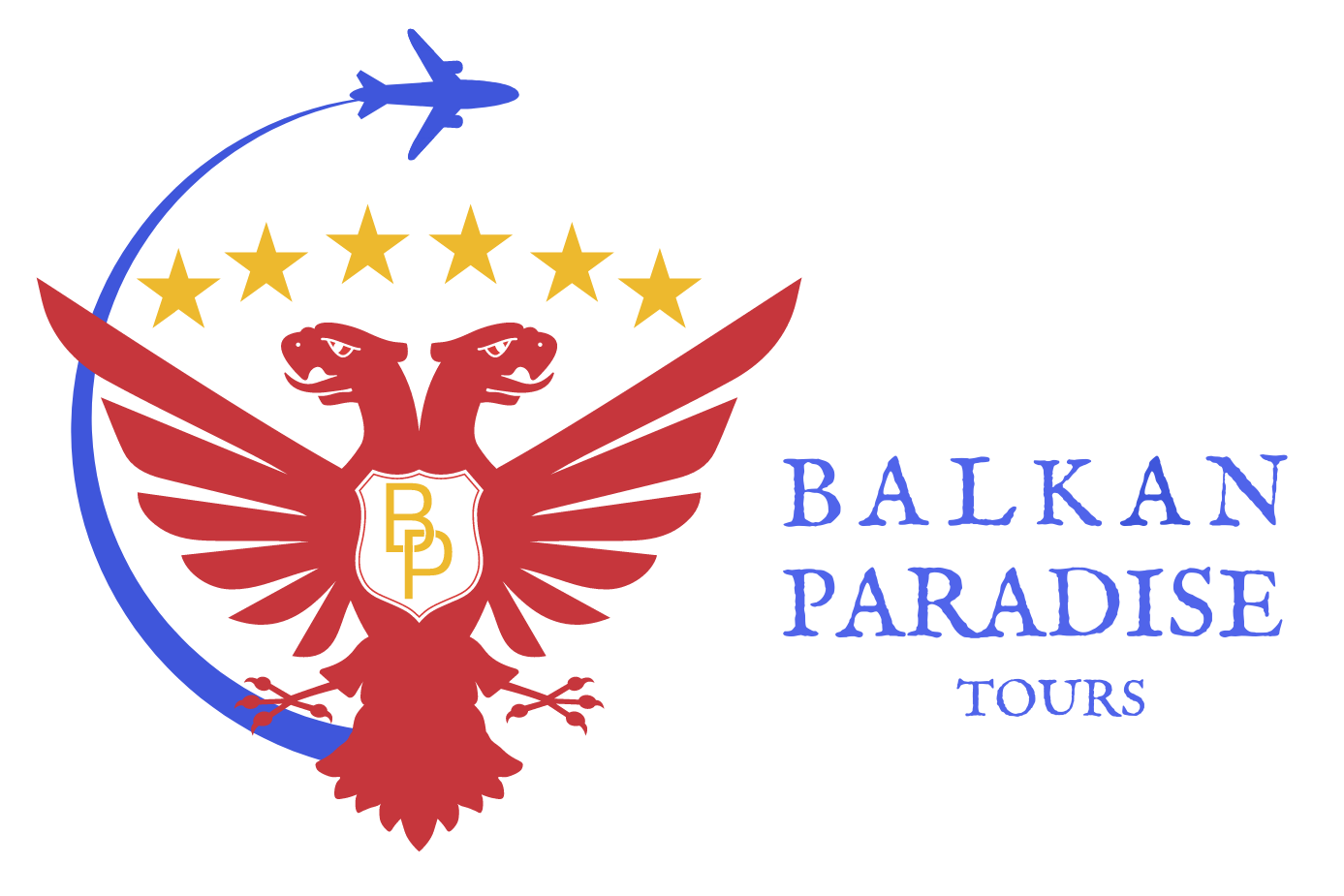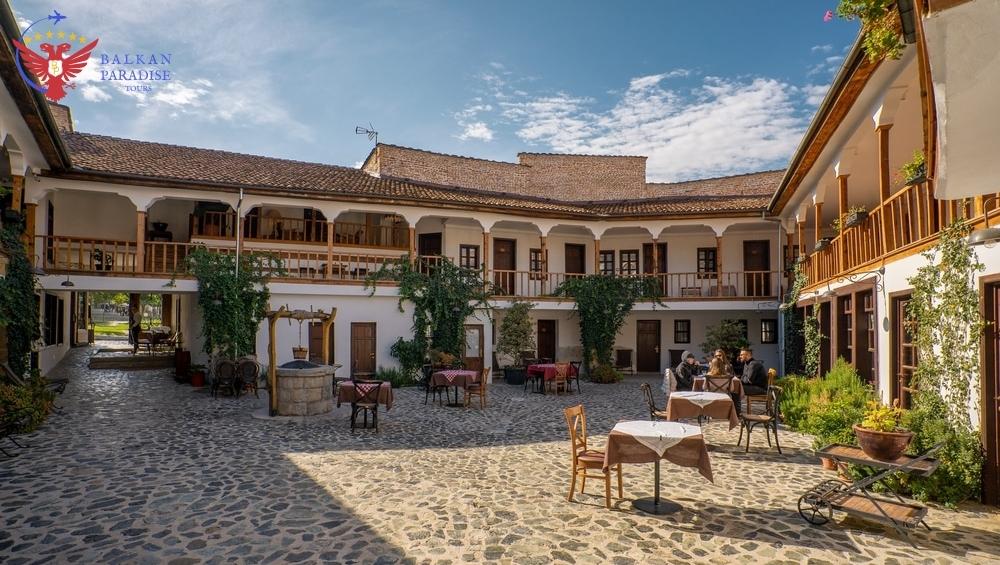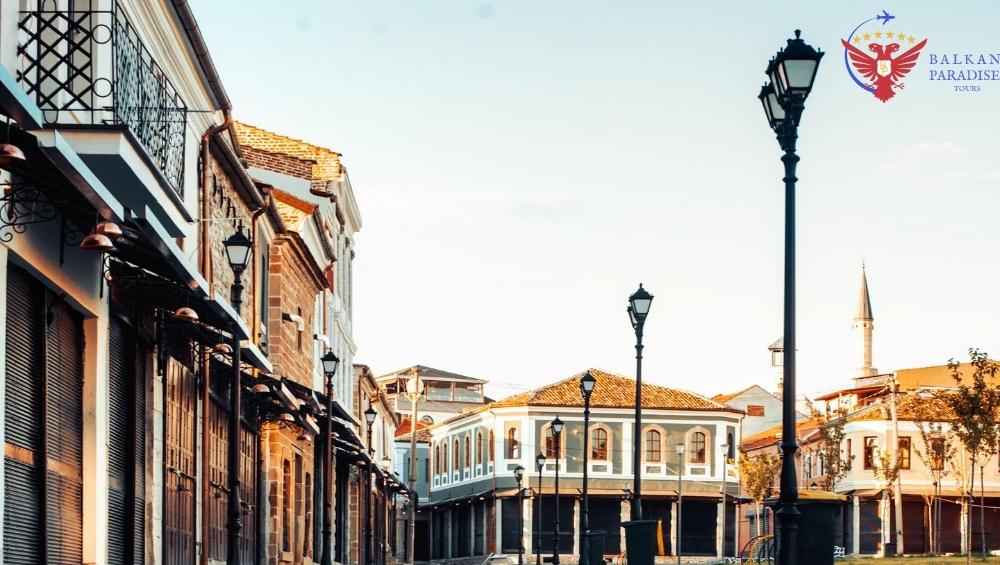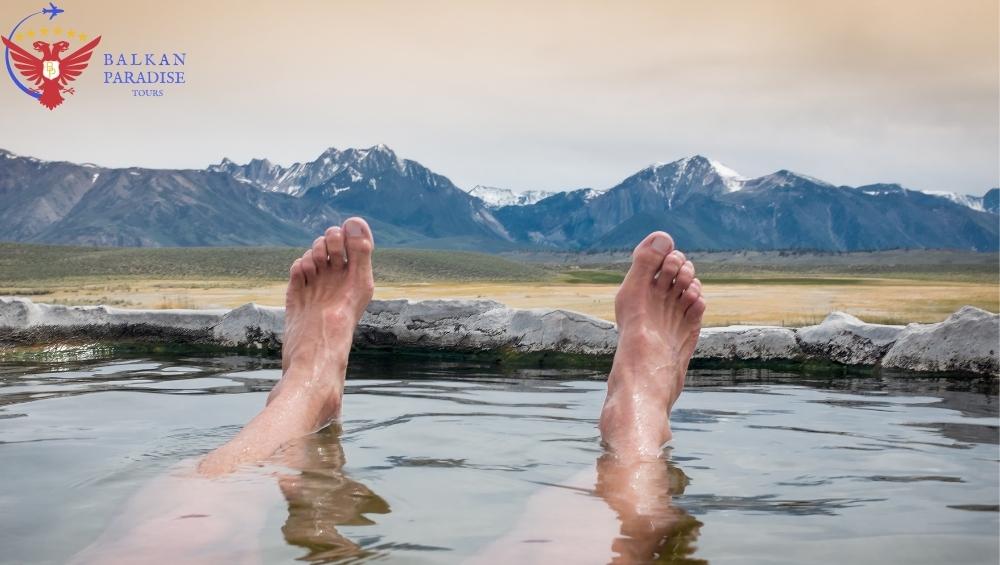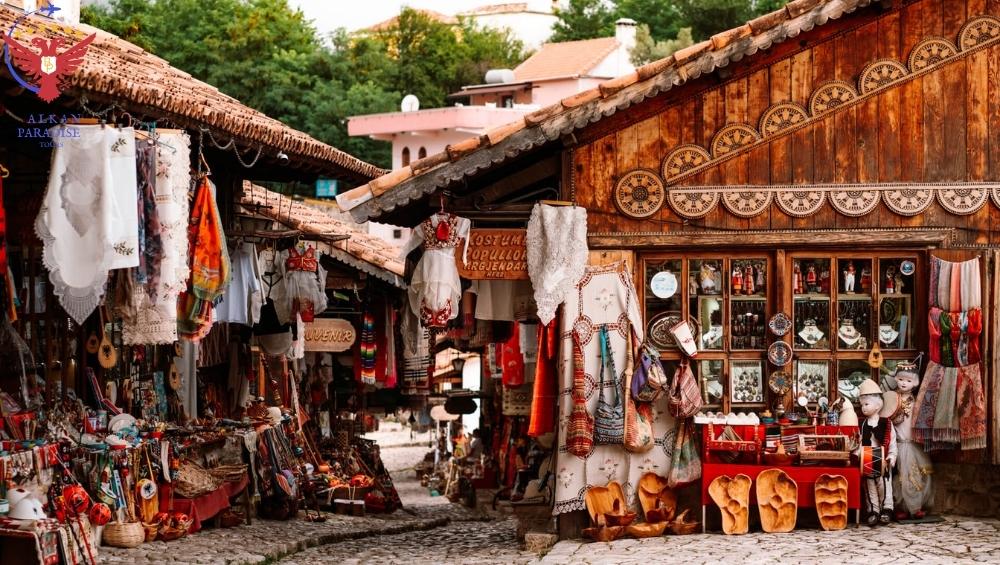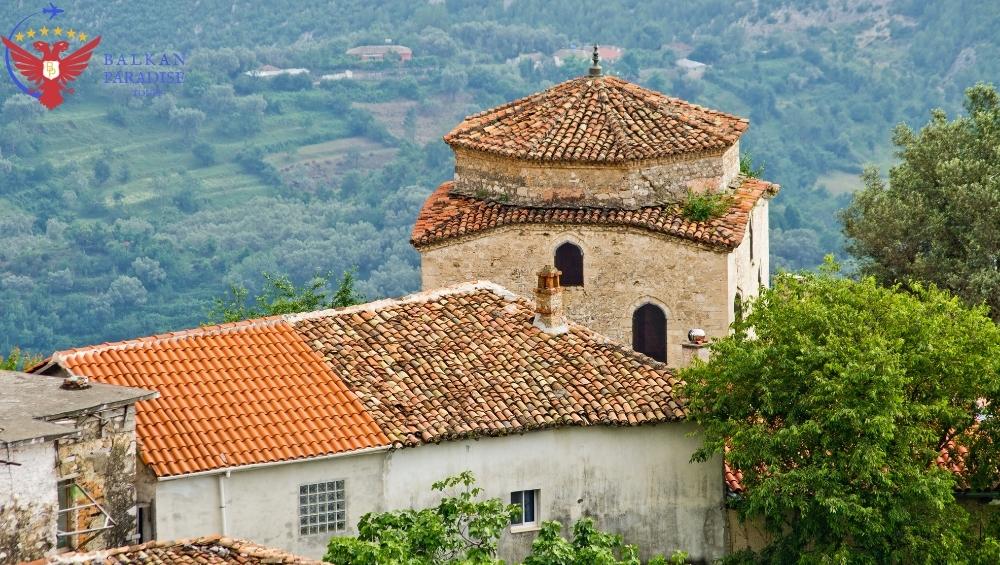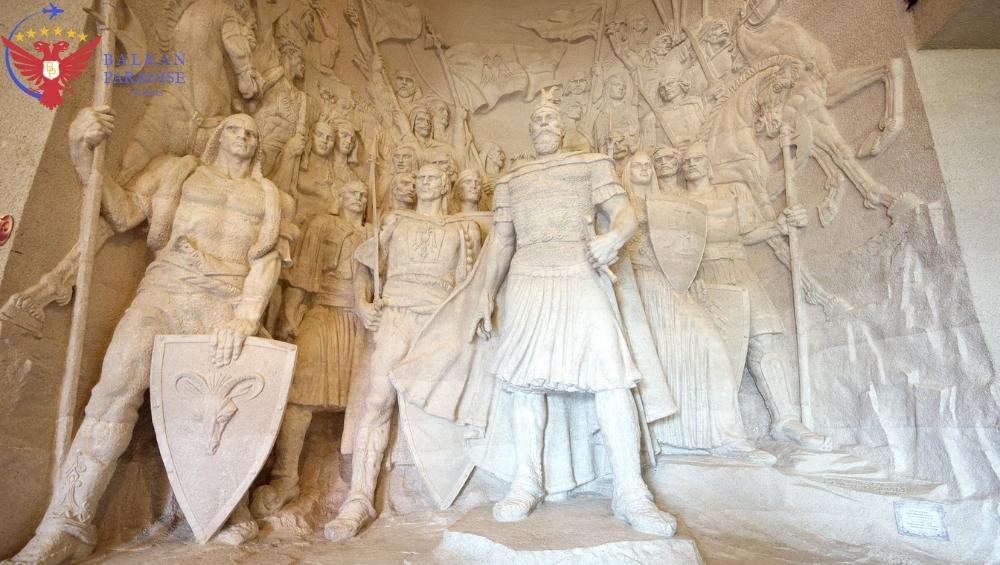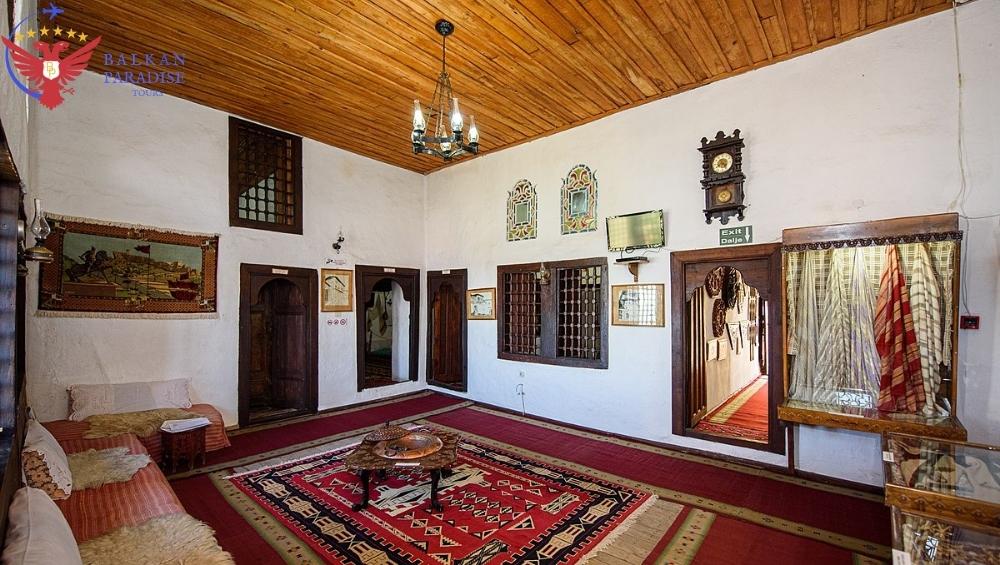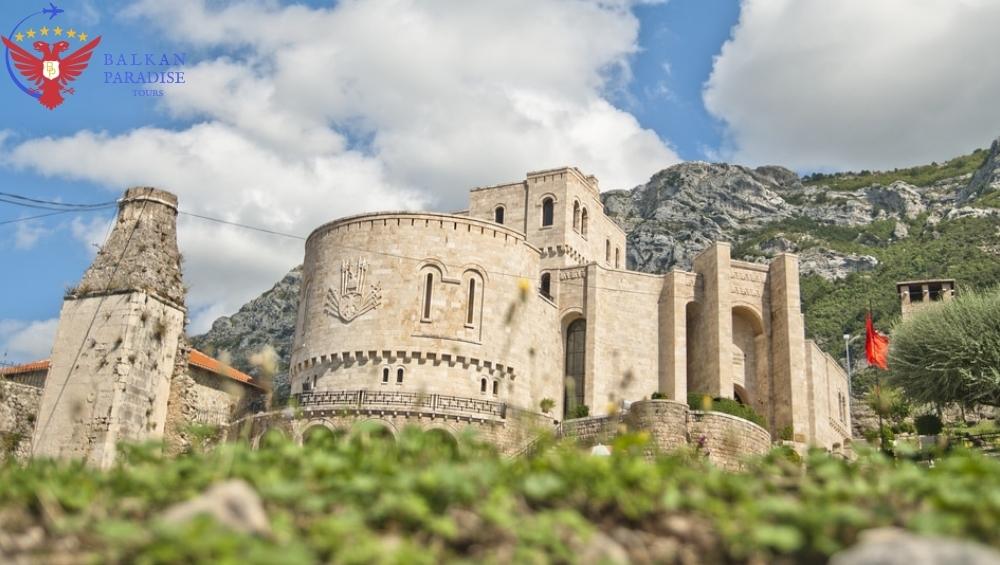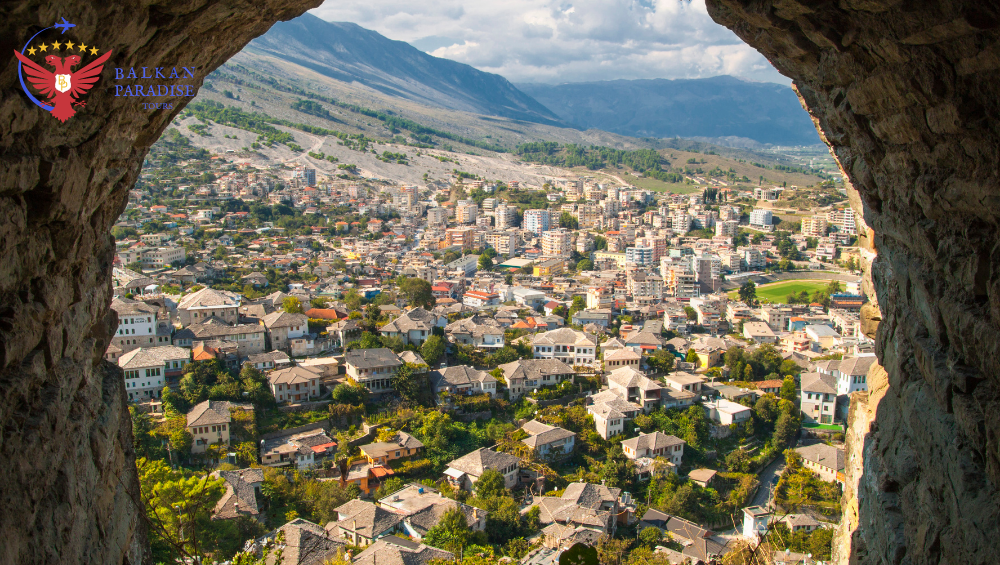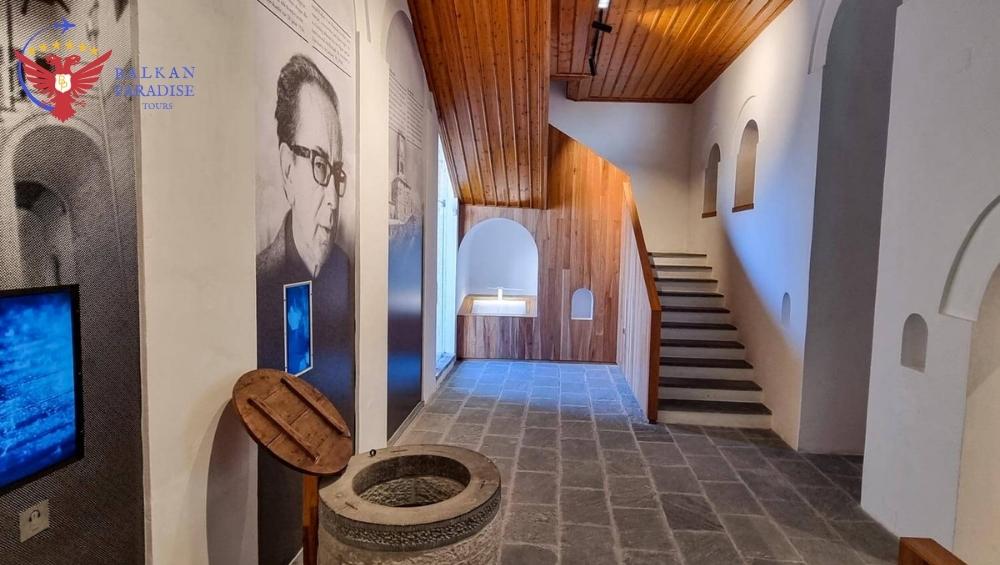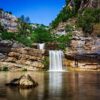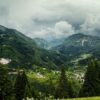Korce Bazaar
Strolling along the alleys of Korce Bazaar is one of the best things to do in Korce. The bazaar is certainly the place to go for your Albania souvenirs, but there is much more to it. If you are curious about the Balkan – and in particular, the Albanian – tradition of bars and cafés, then this is the right place to visit.
The Bazaar features dozens of small cafés and typical taverns. The place gets even more alive in the early evenings when people of all ages, families, and groups of friends gather in the Bazaar area to share local food, coffee, or a glass of local drinks.
